My Sea of Galilee Guide will take you around the Sea of Galilee; there are many vantage points that allow a good view of the famous lake and its surroundings. For example, the Arbel Cliff; or from the Swiss Forest and Mount Beriniki. Both are located just above the city of Tiberias. Also, more options for great viewpoints could be: First, the Kfar Haruv Lookout; or if you are on the eastern side so Ophir Lookout.
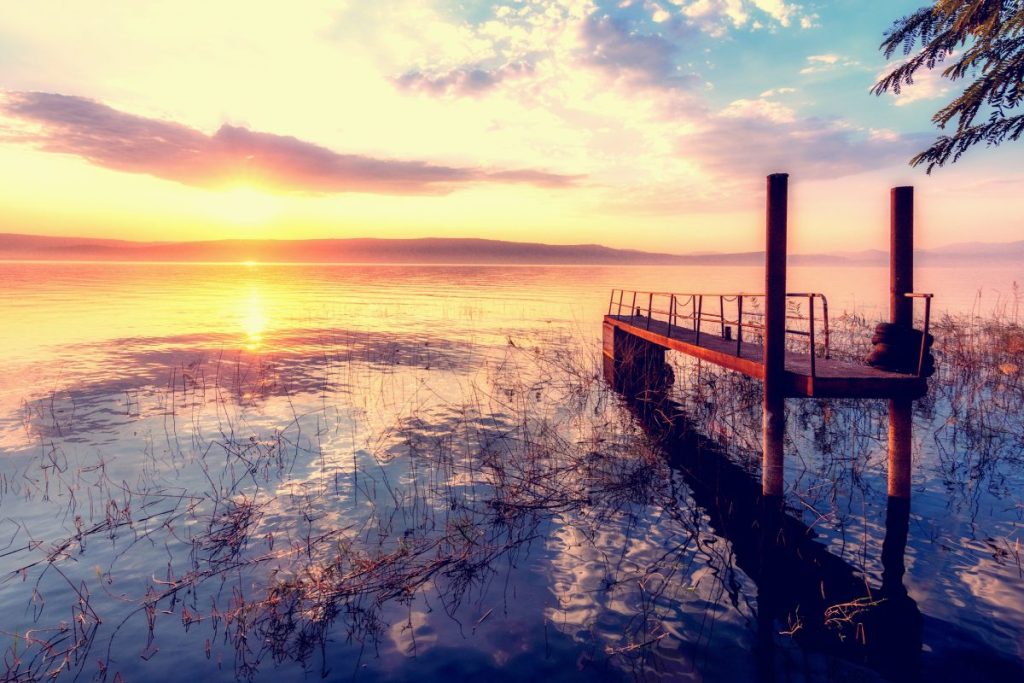
As well as from the western Sea of Galilee, like from the balcony of the Mount of Beatitudes and Moshav of Almagor. Also, you should consider coming in from Kfar Tavor and driving through Yavne’el to the Kinarot Valley. So there, you can stop for an excellent lookout on the side of the road that winds down to the Sea of Galilee.

The formation of this unique area is related to the geological formation of the Great Rift Valley. A System of Faults extends from northern Syria to Tanzania for about 6,000 km. The process began some 38 million years ago. When two tectonic plates (The African Plate and the Arabian Plate) were set in motion, it continues till today, with the eastern (Arabian) plate sliding away from the African board (Western) with a displacement of about 20 mm per year. And in the gap formed in between ridges is formed along with lakes. Some of which are saltwater lakes like the Dead Sea. And some of them are freshwater lakes like the Sea of Galilee.
Sea of Galilee Guide – Remembrance of Things Past
Its current form is a relatively young geomorphological phenomenon; created after the contraction of Lake Lisan, a prehistoric lake that extended from the southern Dead Sea to the northern Sea of Galilee. The borders of the Sea of Galilee are delimited by a set of Tilted Block Faulting that builds the Syrian-African rift. Now with the constant drifting of the plates from each other, slowly, a Structural Basin (Pull-Apart Basin) was formed. Together with basalt provinces at the south of the Sea of Galilee. And the Alluvial Fan of the Yarmouk River. Ultimately all these processes created a barrier to which a large reservoir of water, meaning the Sea of Galilee – was formed.
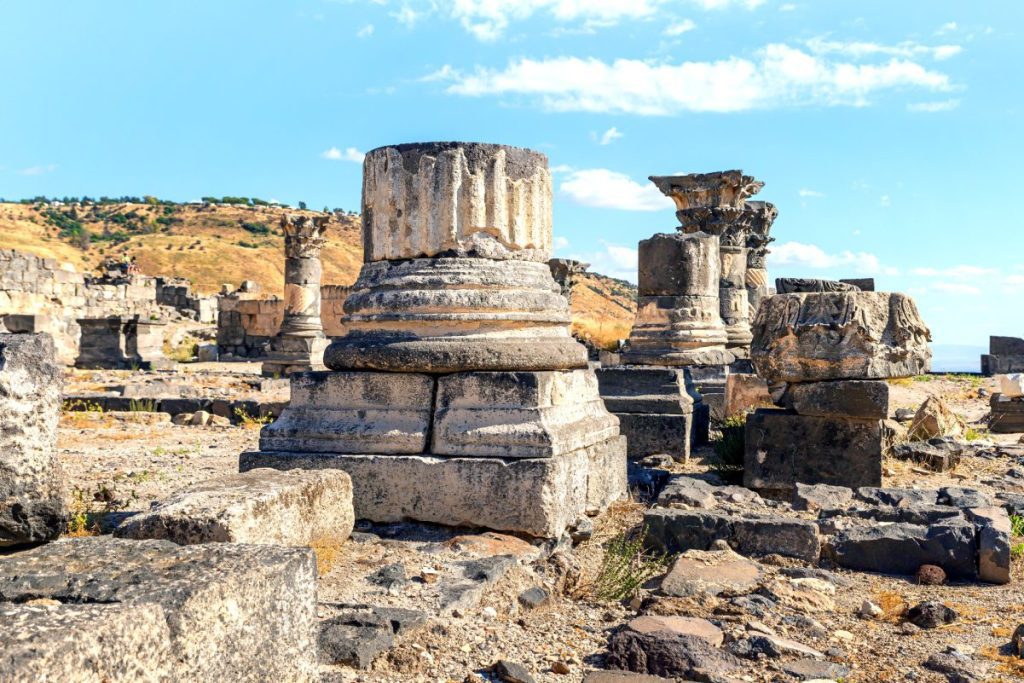
The all-year-round source of water, with the climate and geographical conditions, has made the Sea of Galilee a center for human civilization. Even dating back to the prehistoric era, to about 1.4 million-year-old we have a site named Ubeidiya; through ancient archaeological tells dated to the Bronze Age like Khirbet Kerak. And Hellenistic cities such as Susita; or Roman healing hot baths such as the one in Hamat Gader.
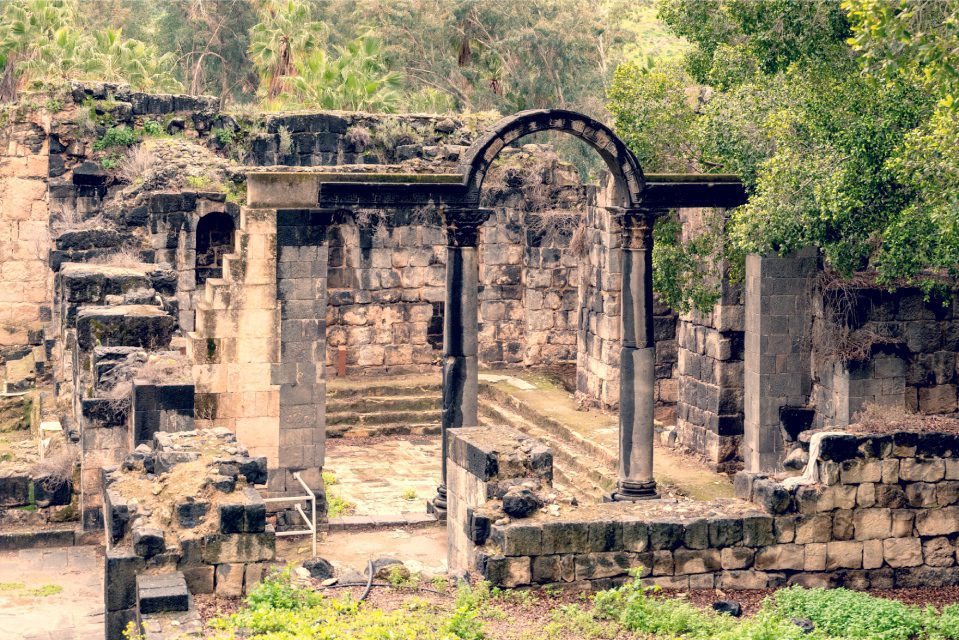
The Sea of Galilee is mentioned in the Book of Joshua, the Book of Numbers, Kings, and Exodus: Either by the name Kinneret, the Sea of Tiberias, or the Sea of Gennesaret. Josephus Flavius praises its beauty and its surroundings. And of course, not to mention Jesus’ Missionary, right? This is where Jesus gathers the very first followers like Peter and Andrew among its inhabitants. And following Christian traditions, monasteries, and churches were erected around the Sea of Galilee.
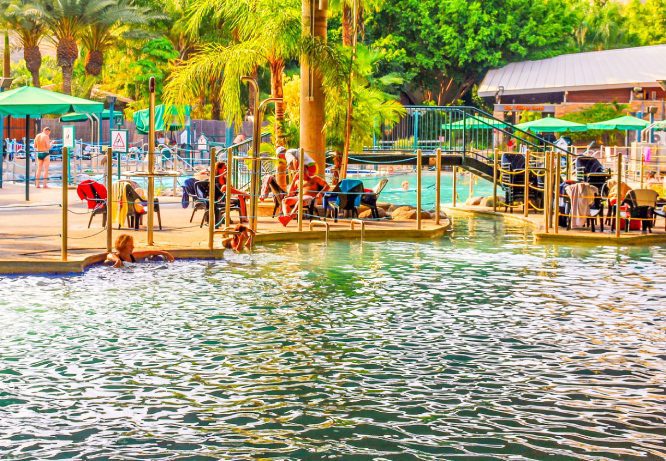
Sea of Galilee Guide: The Old Ottoman Train Station at Samekh
So, where should we start? After checking out the view from one of these lookouts. Perhaps a good start would be visiting the Old Ottoman Train Station at Samakh. Between 1905 and 1948, the town was a crucial stop on the Jezreel Valley railway and Hejaz railway, the last effective stop in the British Mandate of Palestine.
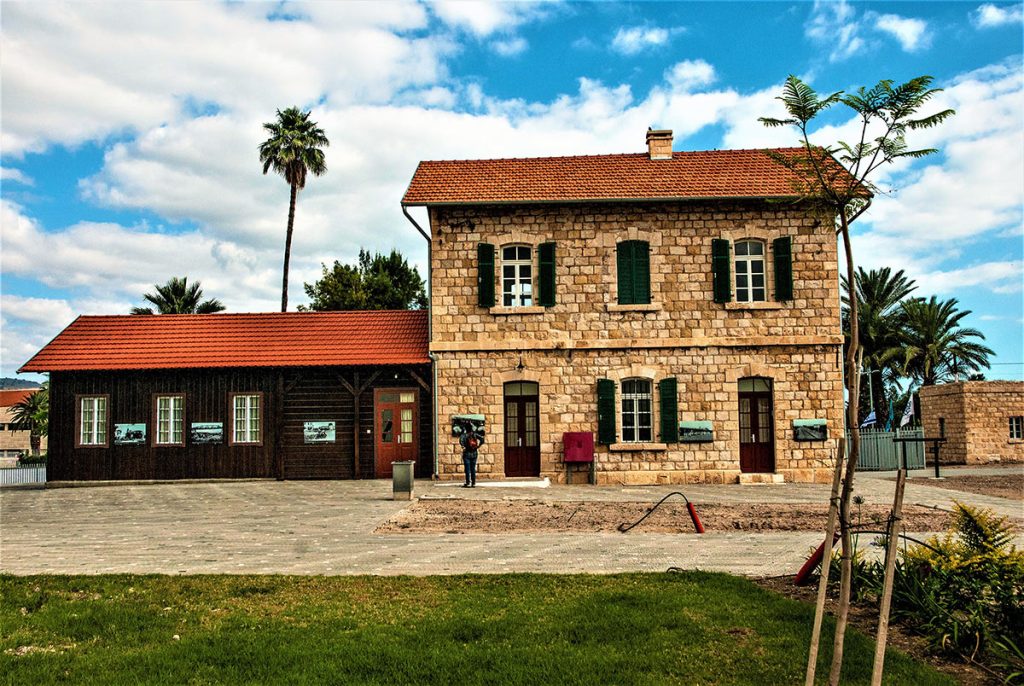
(Credit: Amos Gal – CC BY-SA 4.0)
Then visiting Hamat Gader could be a great continuation of our private tour of the Sea of Galilee. Hamat Gader was a known health and recreation site in Roman times. It is mentioned in Strabo, Origen, Eunapius, and the Rabbinic literature of the early CE century. The Building of the baths complex was started in the 2nd century by the Roman 10th Legion (Fretensis), garrisoned in Gadara.
Hamat Gader
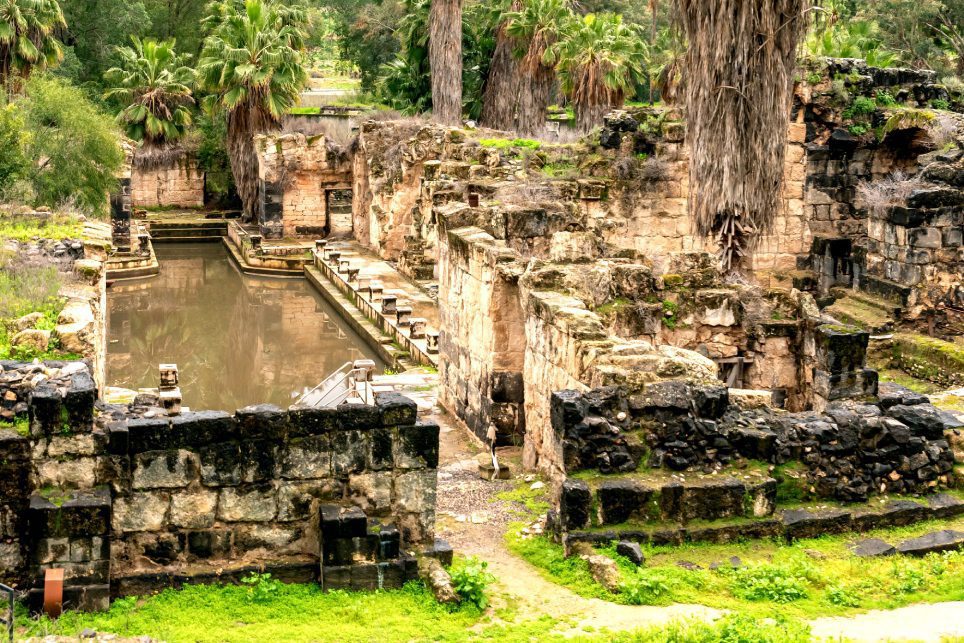
The site includes a theatre constructed in the 3rd century CE by the Romans and contained no less than 2,000 seats! A big synagogue was erected in the 5th century CE. The empress Aelia Eudocia wrote a poem praising the qualities of the multiple springs inscribed so that visitors could see them as they went into the pool.
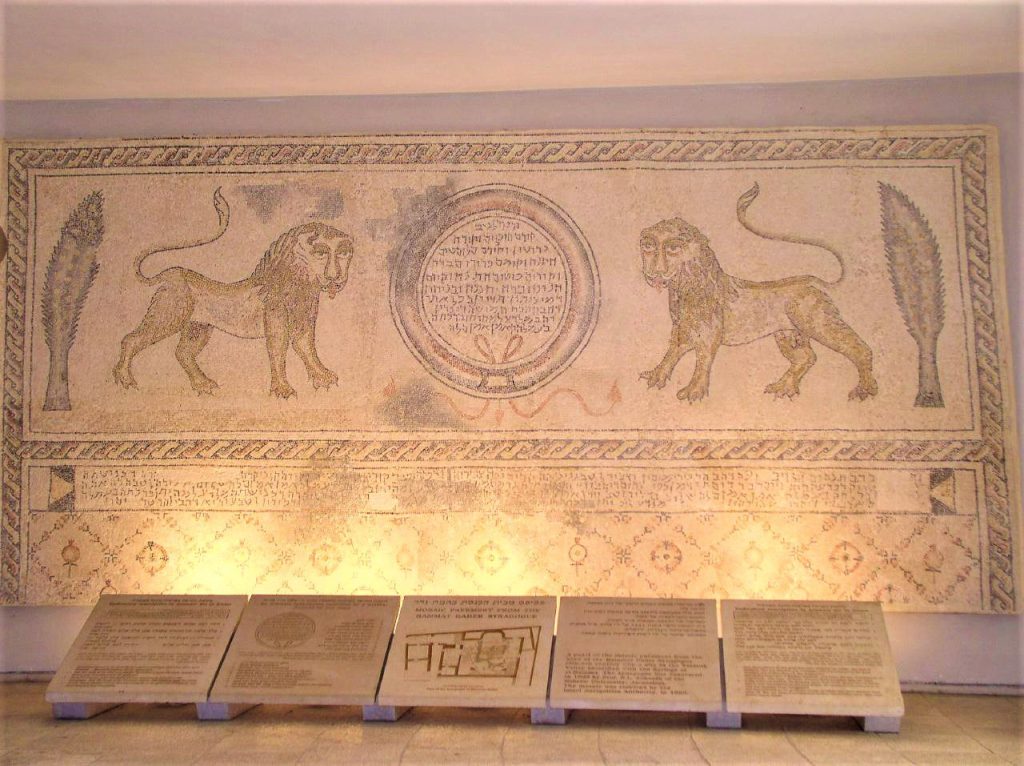
(Credit: Savtadotty CC BY-SA 3.0)
Some of the buildings were severely damaged by a massive earthquake and restored in 633 by the Umayyad caliph in Damascus. About a century later, the 749 Galilee earthquake struck. In the end, in the 9th century, the baths were abandoned, and a thick layer of silt covered all the ruins.
Sea of Galilee Guide: Susita National Park (Hippos)
Susita National Park is an archaeological site located on a hill overlooking the Sea of Galilee. Between the 3rd century BCE and the 7th century CE, Hippos was a Greco-Roman city, which declined under Muslim rule and was abandoned after an earthquake in 749. Besides the fortified city itself, Hippos controlled two port facilities on the lake and an area of the surrounding countryside. Hippos were part of the Decapolis or Ten Cities, a region in Roman Jordan, Syria, and Israel culturally tied more closely to Greece and Rome than to the Semitic ethnoi around.
Susita National Park
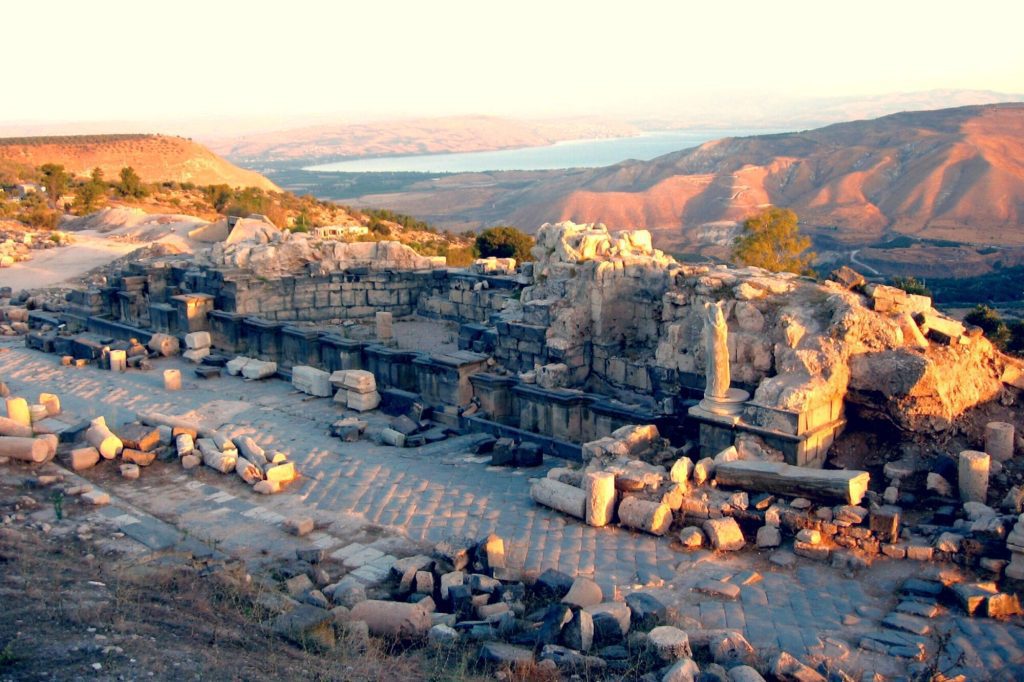
Susita Under Roman Rule
In 63 BCE, the Roman army conquered Coele-Syria, including Judea. This has put an end to the Hasmonean rule. The Romans took under their control ten Greek cities. This cluster of cities, of which Hippos was one, came to be called the Decapolis and was incorporated into the Roman Provincia Syria. Hippos, now under Roman control, was granted some autonomy. Archaeological evidence shows that Susita minted its own coins. Moreover, it was stamped with the image of a horse in honor of the city’s name.
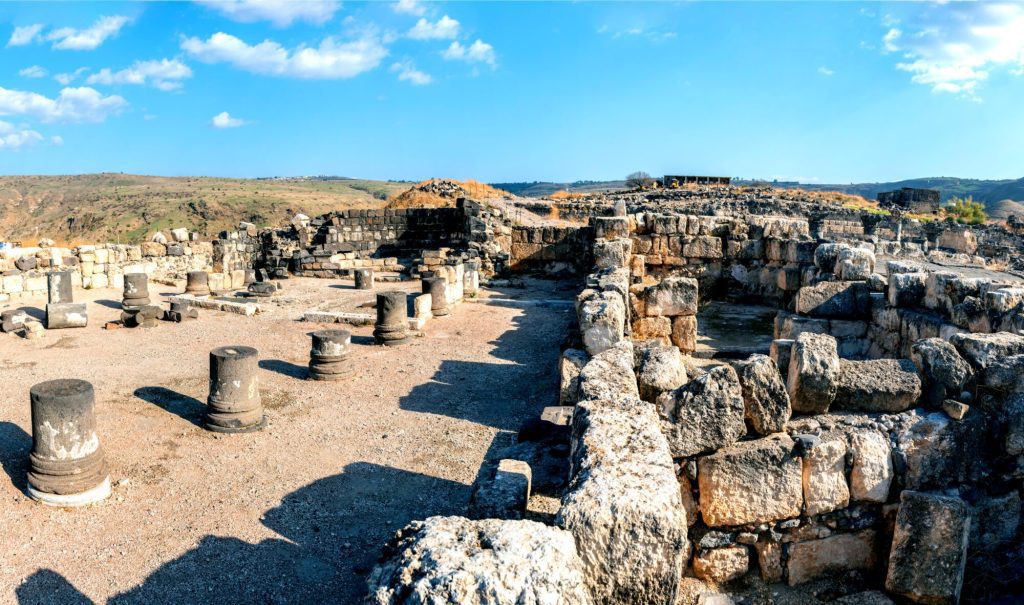
Hippos was given to King Herod in 37 BCE and returned to Syria at his death in 4 BCE. According to Josephus, Hippos, a pagan city, was the “sworn enemy” of the new Jewish town across Tiberias lake. Jews had resided in Tiberias when its last name, Rakat, still knew it. Rakat was later given the name Tiberias some 25 years after Herod’s death by his son, Herod Antipas, in honor of the Roman Emperor, Tiberius, in 20 CE. Josephus reports that Hippos persecuted its Jewish population during the Great Jewish Revolt of 66–70 CE. Other Jews from Susita participated in attacks on the town of Magdala and elsewhere. Hippos itself fell under attack by rebels at least once.
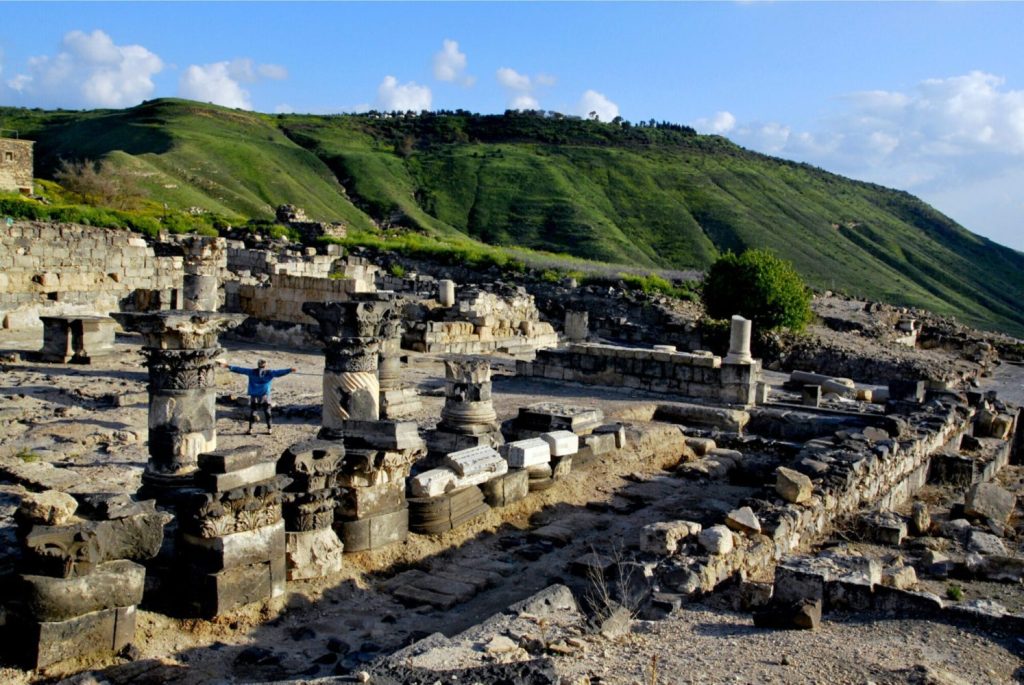
The Peak of Prosperity
Hippos’ most significant period of prosperity and growth was after the Romans suppressed the Bar Kokhba revolt. Hippos was a part when the Romans created the province of Palaestina in 135 CE. It was rebuilt along with a planned city, with a long street (Decomanus-Maximus) running through the entire city. The little streets were decorated with red granite columns brought from Egypt. The great expense required to bring these columns by ships to Palestine and then push them up the hill. It just goes to show you the city’s wealth.
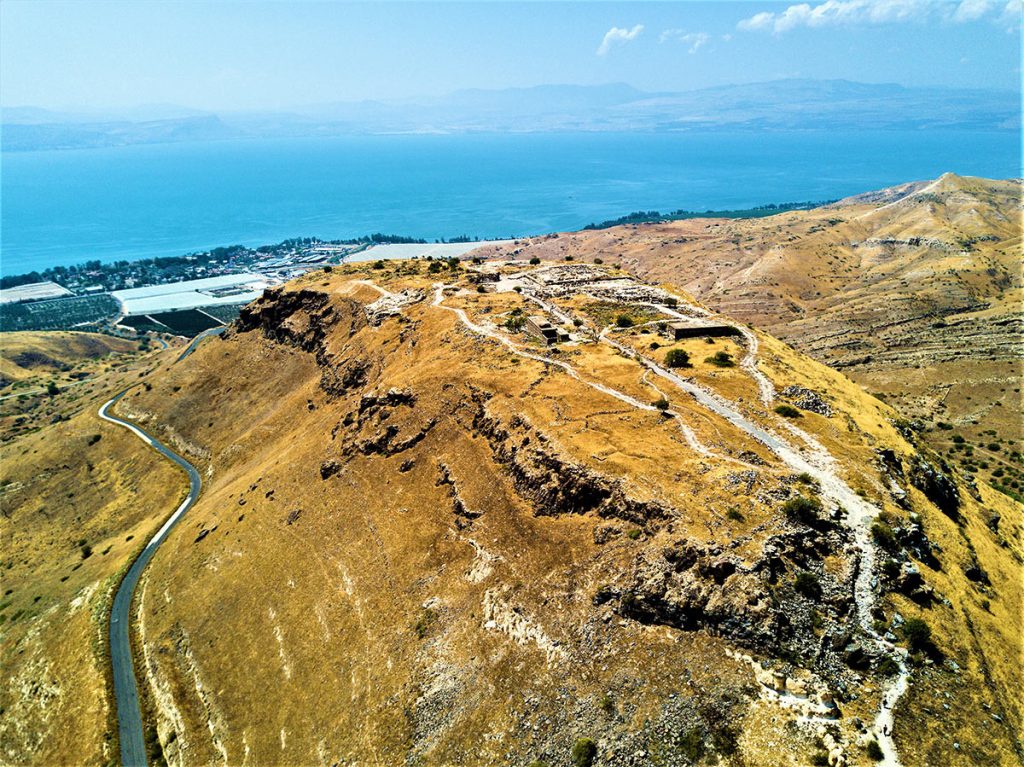
(Credit: Michael Eisenberg CC BY-SA 4.0)
Other developments included a shrine to the Emperor, a big theatre, a tiny Odeon, an impressive basilica, and new city fortifications. However, the most significant improvement was the aqueduct, which carried water into Susita from freshwater springs in the Golan Heights. The freshwater, collected in a large, vaulted water cistern, allowed an extensive population to live in the city. On my Sea of Galilee private archeological tours, I explain the site’s history and excavations. So if you are an archaeological buff, I’m your man!
Sea of Galilee Guide: Kursi National Park
Now on our way to Kursi, stopping at Ophir lookout could be an excellent idea for a nice view over the Sea of Galilee. Kursi is a famous archaeological site containing the ruins of a monastery from the Byzantine period. In addition, Tradition points to Kursi as the site of Jesus’ “Miracle of the Swine.” Kursi takes its name from the Talmudic site.
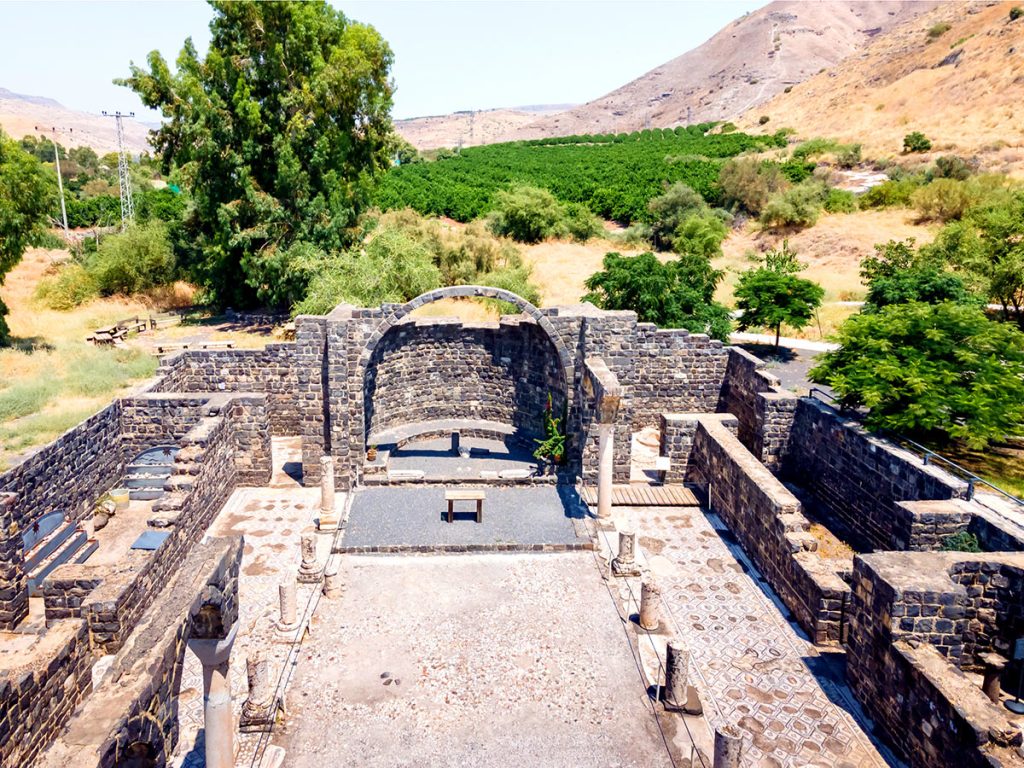
A marble slab of stone written in Aramaic was discovered in 2015. It seems to indicate that the settlement had a Jewish or Judeo-Christian population as of ca. 500 CE. In 614 CE, the Sassanian armies invaded Palestine, laying waste to most of its churches and monasteries, including the one at Kursi.
Exorcism of the Gerasene Demoniac
The exorcism of the Gerasene demoniac, frequently known as the Miracle of the (Gadarene) Swine and the exorcism of Legion, is one of the miracles performed by Jesus according to the New Testament. The story shows Jesus exorcising a demon or demons out of a man and into a herd of swine, causing the swine to run down a hill into a lake and drown themselves.
The Account According to Mark
The earliest account is from the Gospel of Mark (Mark 5:1-20); in which Jesus goes across the sea into the “region of the Gerasenes”. A man “possessed by a demon” comes from the caves to meet him there. People had tried to tie him down but he was too strong to be bound, even with chains for he would always break out of them; night and day among the tombs and in the hills he would cry out and cut himself with stones. Then Jesus approaches and calls the demon to come out of the man, who replies, “What do you want with me, Jesus, Son of God? I beg you in the name of God never to torment me!”

Then Jesus asks the demon for his name and is told, “My name is Legion, for we are many.” Suddenly the demons beg Jesus not to send them away. But instead sends them to the pigs on a nearby hillside, which he does. Shortly, the herd, about two thousand in number, rushes down the steep bank into the sea and is drowned. Suddenly the man is now seen, dressed, and restored to sanity: he asks to be included among the disciples who travel with Jesus. But he is refused and instructed to remain in the Decapolis region; to tell of “the great things the Lord has done […] and [how he] has had compassion on you”. Theologian Tom Wright calls him “the first apostle to the Gentiles”
Sea of Galilee Guide: Bethsaida National Park
The New Testament mentions that Bethsaida was the hometown of the apostles Philip, Andrew, and Peter. In Mark, we read that Jesus restores a blind man’s sight just outside the village of Bethsaida. Luke’s Gospel mentions Jesus miraculously feeds five thousand near Bethsaida. Archaeologists believe that the capital of the kingdom of Geshur was situated at the exact location. It was also populated to a lesser extent during the first centuries, so some identify it with Bethsaida of New Testament fame. Archaeological excavations at the site have unearthed fishing gear, including weights used for nets to catch fish. And needles for repairing fishing nets. The findings indicate that most of the city’s economy was based on fishing on the Sea of Galilee.
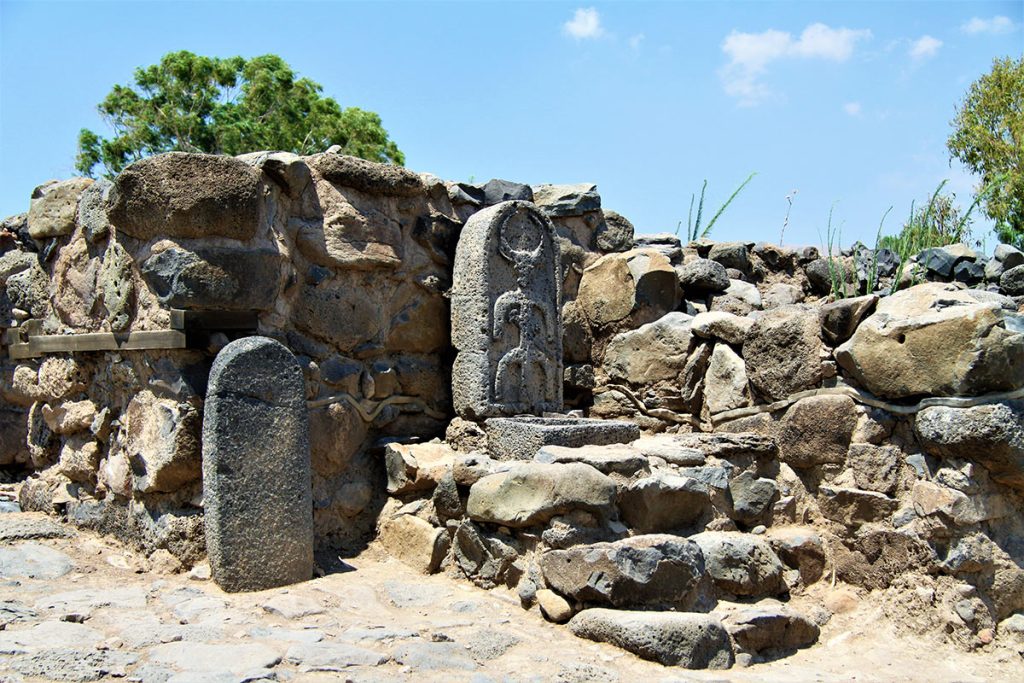
(Credit: Chemee2 – CC BY 3.0)
Capernaum: “Jesus’ Own Town”
According to the Synoptic Gospels, Jesus selected this town as the center of his public ministry in Galilee after leaving Nazareth’s small mountainous hamlet (Matthew 4:12–17). The town is cited in all four gospels where it was reported to have been the hometown of the tax collector Matthew. And located not far from Bethsaida; the hometown of the apostles Simon Peter; Andrew; James and John.
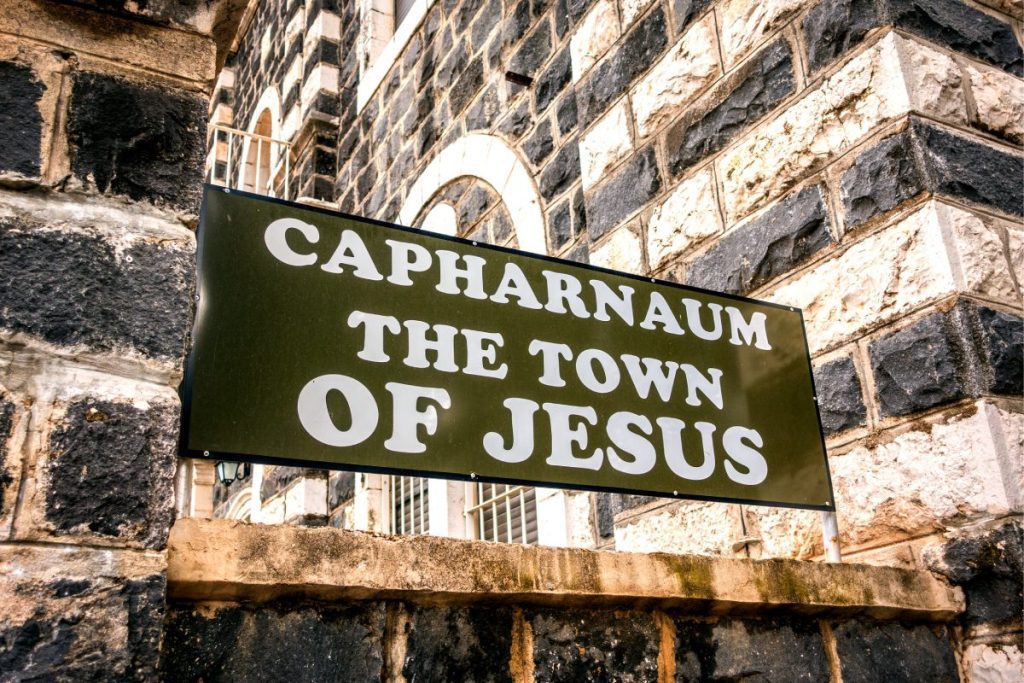
Some readers take Mark 2:1 as evidence that Jesus may have owned a home in the town. But it is more likely that he stayed in the house of one of his followers here. Certainly, he spent time teaching and healing there. One Sabbath, Jesus taught in the synagogue in Capernaum. And healed a man possessed by an unclean spirit (Luke 4:31–36 and Mark 1:21–28). This story is notable as the only one that is common between the gospels of Mark and Luke but not contained in the Gospel of Matthew (see Synoptic Gospels for more literary comparison between the gospels).
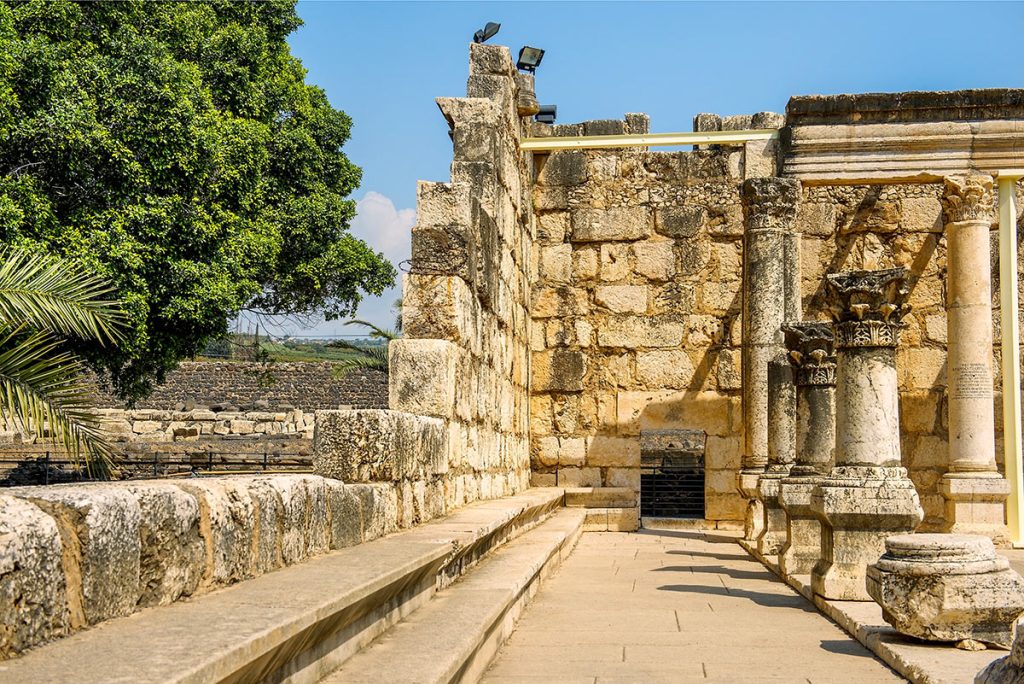
Afterward, Jesus healed Simon Peter’s mother-in-law of a fever (Luke 4:38–39). According to Luke 7:1–10 and Matthew 8:5; this is also the place where Jesus healed the servant of a Roman centurion who had asked for his help. Also, Capernaum is also the location of the healing of the paralytic lowered by friends through the roof to reach Jesus; as reported in Mark 2:1–12 and Luke 5:17–26.
Sea of Galilee Guide Mt. of Beatitudes
A Byzantine church was erected lower down the slope from the current site in the 4th century and was used until the 7th century. Now the remains of a cistern and a monastery are still visible. The current Roman Catholic Franciscan chapel was built in 1937-38 following plans by Italian architect Antonio Barluzzi. Pope John Paul II celebrated a Mass at this site in March 2000. Also, the Jesus Trail pilgrimage route connects the Mount to other sites from the life of Jesus. This is one of the nicest viewpoints overlooking the Sea of Galilee. According to tradition, this is where Jesus gave the famous Sermon on the Mount.
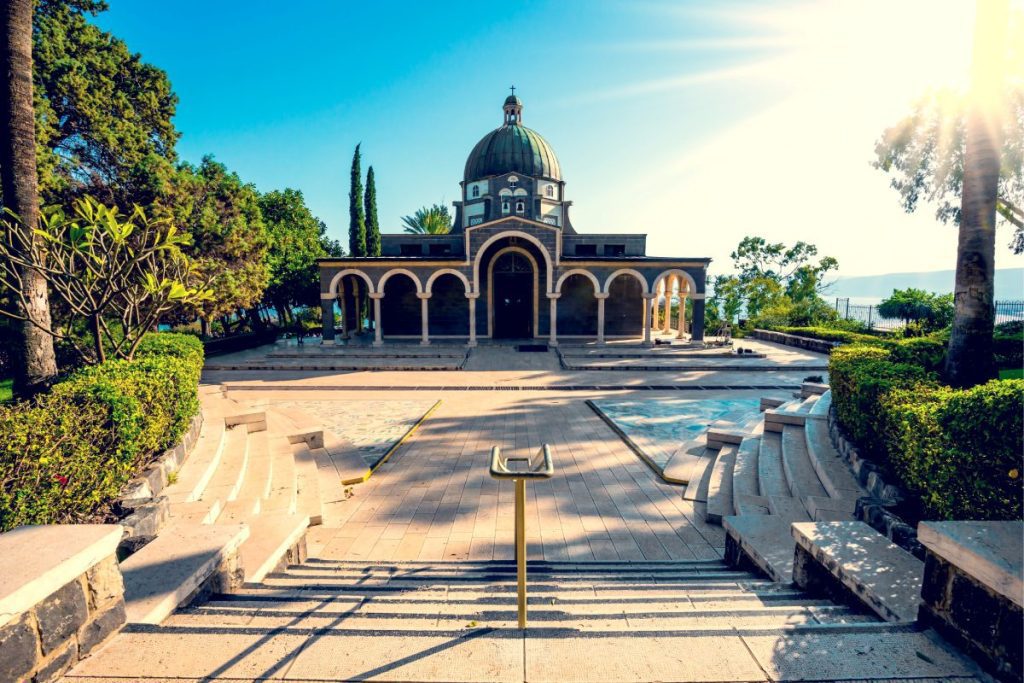
The teachings of the Sermon on the Mount have been a critical element of Christian ethics. And for centuries, the sermon has acted as a basic recipe for the conduct of the followers of Jesus. Also, various religious and moral thinkers (e.g., Tolstoy and Gandhi) have admired its message; it has been one of the main sources of Christian pacifism. But we will discuss this much more in length on our Sea of Galilee private Christian tour.
Sea of Galilee Boat
The remains of the Ancient 1st century Galilee Boat were found by brothers Moshe and Yuval Lufan; fishermen from Kibbutz Ginosar. The brothers were keen amateur archaeologists with an interest in discovering artifacts from Israel’s past. It had always been their hope to one day discover a boat in the Sea of Galilee; where they and generations of their family had fished. When drought reduced the water level of the lake; the two brothers examined the newly exposed beach and stumbled across the remains of the boat buried in the shore.
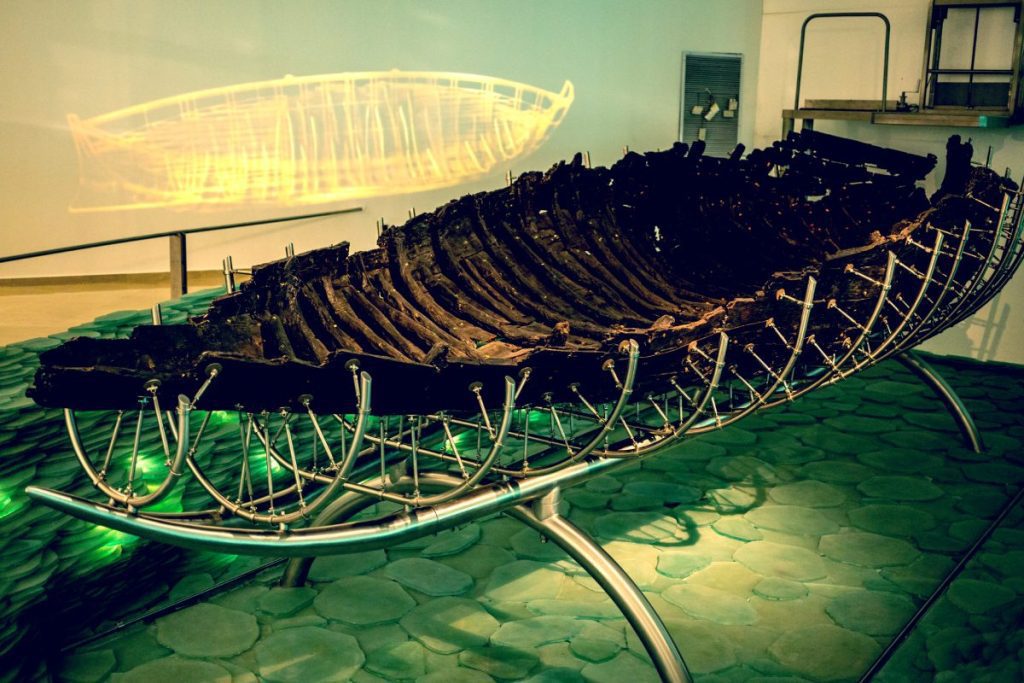
The brothers reported their discovery to the authorities, who sent out an investigation team of archaeologists. The team realized that the remains of the boat were of tremendous historical importance to Jews and Christians alike, and so an archaeological dig followed; undertaken by members of Kibbutz Ginosar; the Israel Antiquities Authority; and numerous volunteers. Rumour spread that the boat was full of gold, and the dig had to be guarded night and day. Excavating the boat from the mud without damaging it; quickly enough to extract it before the water rose again, was a complex process that lasted 12 days and nights.
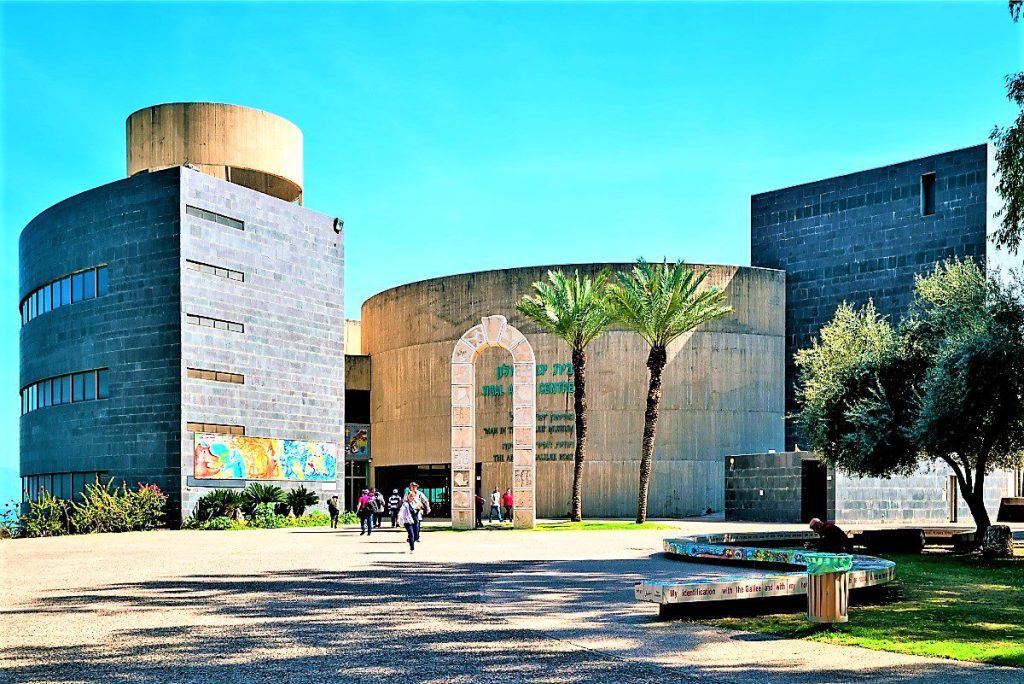
The ancient wood was highly fragile when exposed to the atmosphere, and the boat had to be rescued from the place it was found by wrapping it in a mantle of fiberglass and insulating foam, which helped with both keeping it together; and floating it to its new location. It was then submerged in a wax bath for 12 years, which protected the boat before being displayed at the Yigal Allon Galilee Boat Museum in Kibbutz Ginosar.
Magdala: The Town of Mary Magdalene
So our Sea of Galilee guided tour continues to another known town – Magdala. Magdala was an ancient city on the shore of the Sea of Galilee. The settlement began during the Hellenistic period (between the 2nd and 1st centuries BCE) and ended during the late Roman period (3rd century CE). Later excavations in 2009–2013 brought perhaps the most important discovery on the site: an ancient synagogue called the “Migdal Synagogue.” It is the oldest synagogue found in Galilee and one of the only synagogues from that period found in the entire country as of the time of the excavation. They also found the Magdala stone with a seven-branched menorah symbol carved on it. It is the earliest menorah of that period to be discovered outside of Jerusalem.
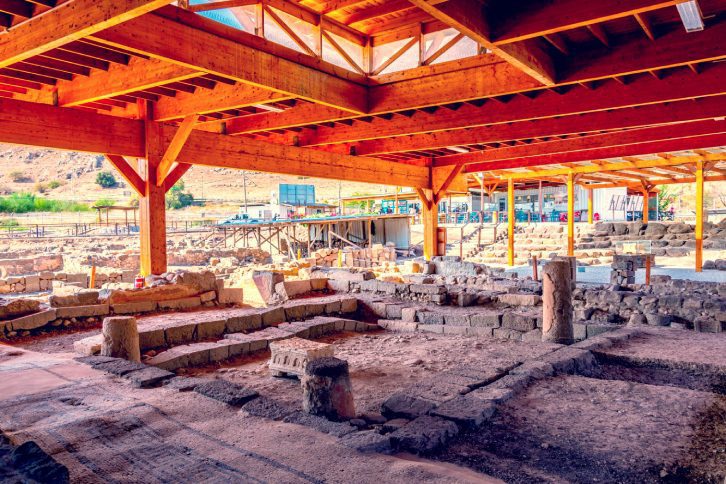
Mary of Magdalene (Magdala)
So Mary Magdalene was a Jewish woman; who, according to the New Testament, traveled with Jesus as one of his followers. And was even a witness to his crucifixion, burial, and resurrection. In fact, she is mentioned by name twelve times in the four gospels. Now that’s more than the apostles and any other non-family women in the Gospels. Mary’s epithet, Magdalene, may mean that she came from the town of Magdala.
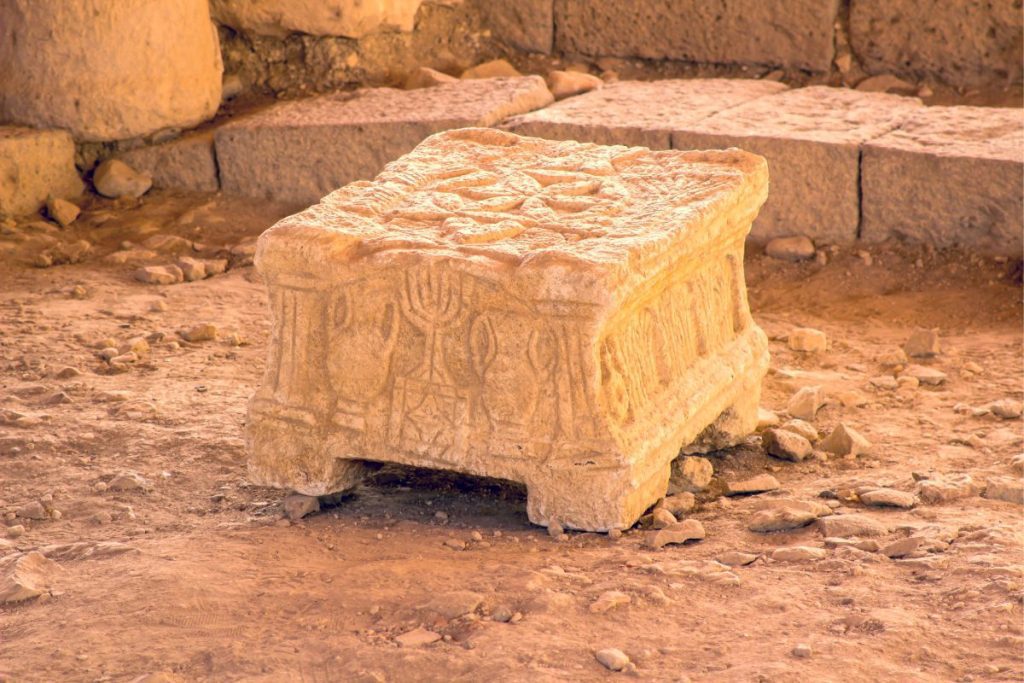
If you read all four gospels, it is said Mary Magdalene is a witness to the crucifixion of Jesus. And in the Synoptic Gospels, she is also present in the burial. All four gospels identify her, alone or as a member of a larger group of women, including Jesus’s mother, as the first to witness the empty tomb and the first to see Jesus’s resurrection.
Sea of Galilee Guide: Tomb of Maimonides
Moses Ben Maimon, commonly known as Maimonides and referred to by the acronym Rambam, was a medieval Sephardic Jewish philosopher who became one of the most prolific and influential Torah scholars of the Middle Ages. In his time, he was also a preeminent astronomer and physician.
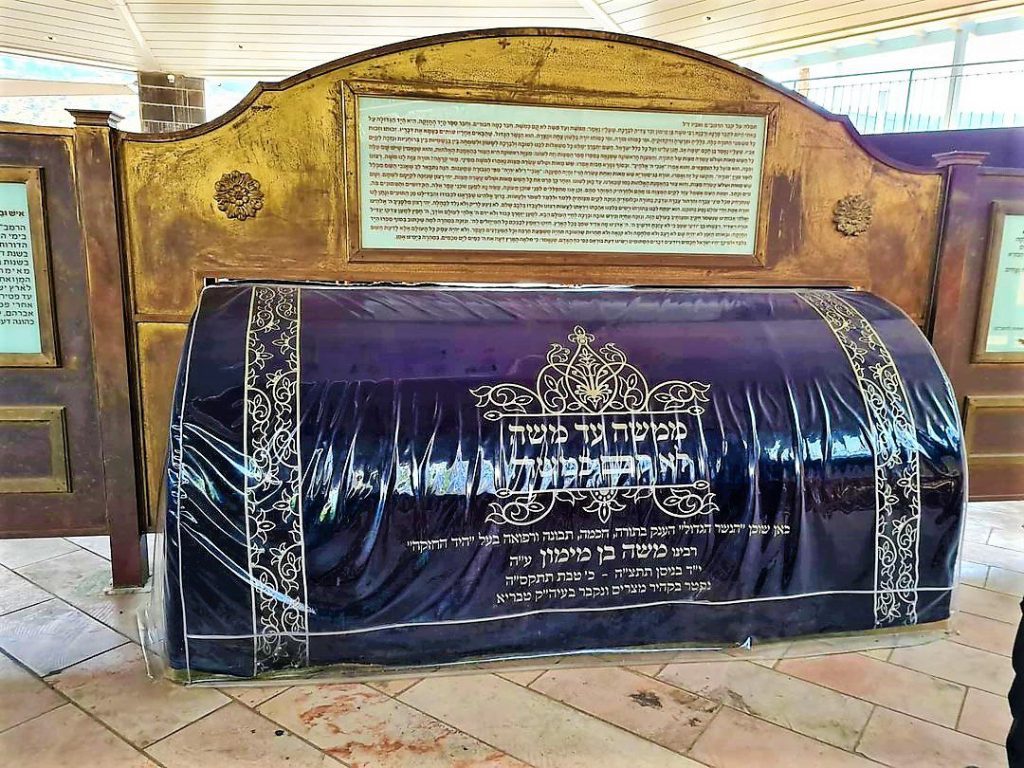
Born in Córdoba, on Passover Eve, 1138; he worked as a rabbi; physician; and philosopher in Morocco and Egypt. He died in Egypt on December 12, 1204, whence his body was taken to the lower Galilee and buried in Tiberias. At our stop next to his tomb we will discuss his great contribution to the culture by mainly elaborating on his major works. During his lifetime, most Jews greeted Maimonides’ writings on Jewish law and ethics with acclaim and gratitude. Even as far away as Iraq and Yemen.
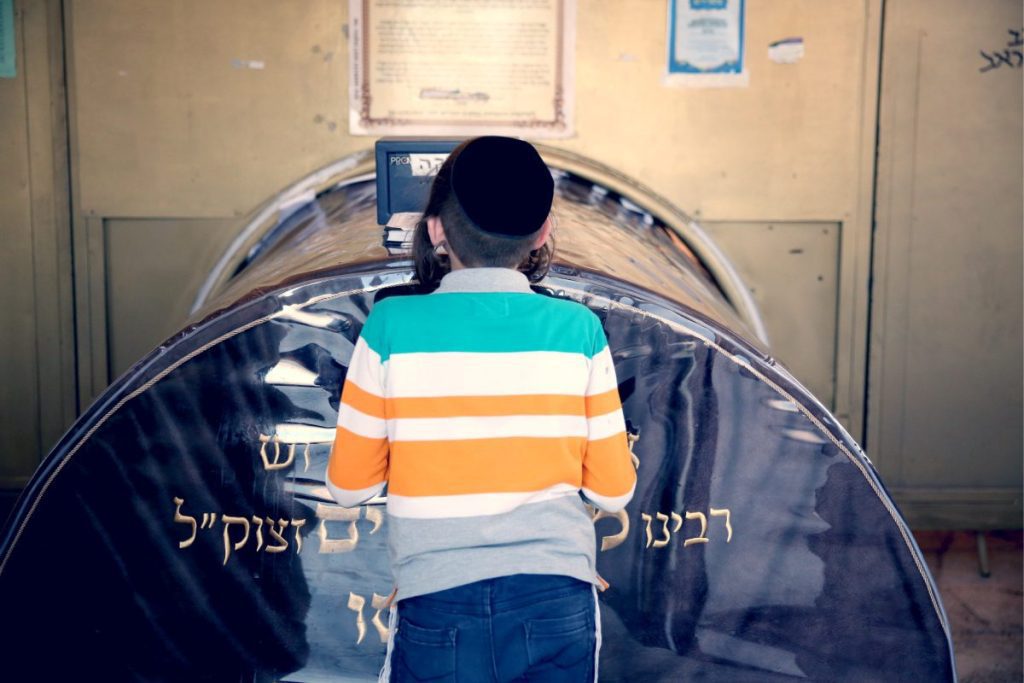
Yet, while Maimonides rose to become the revered head of the Jewish community in Egypt; his writings also had vociferous critics; particularly in Spain. Nonetheless, he was posthumously acknowledged as among the foremost rabbinical decisions and philosophers in Jewish history. And his copious work comprises a cornerstone of Jewish scholarship. His fourteen-volume Mishneh Torah still carries significant canonical authority as a codification of Talmudic law. He is sometimes known as “ha Nesher haGadol” (the great eagle) in recognition of his outstanding status as a bona fide exponent of the Oral Torah.
The Tomb of Yohanan Ben Zakkai
The tomb is located in Tiberias, within the Maimonides burial compound. Yohanan ben Zakkai was one of the Tannaim; an important Jewish sage in the era of the Second Temple. And a primary contributor to the core text of Rabbinical Judaism, the Mishnah. He is widely regarded as one of the most important Jewish figures of his time and his escape from the Roman destruction of Jerusalem; which allowed him to continue teaching; may have been instrumental in rabbinic Judaism surviving the destruction.
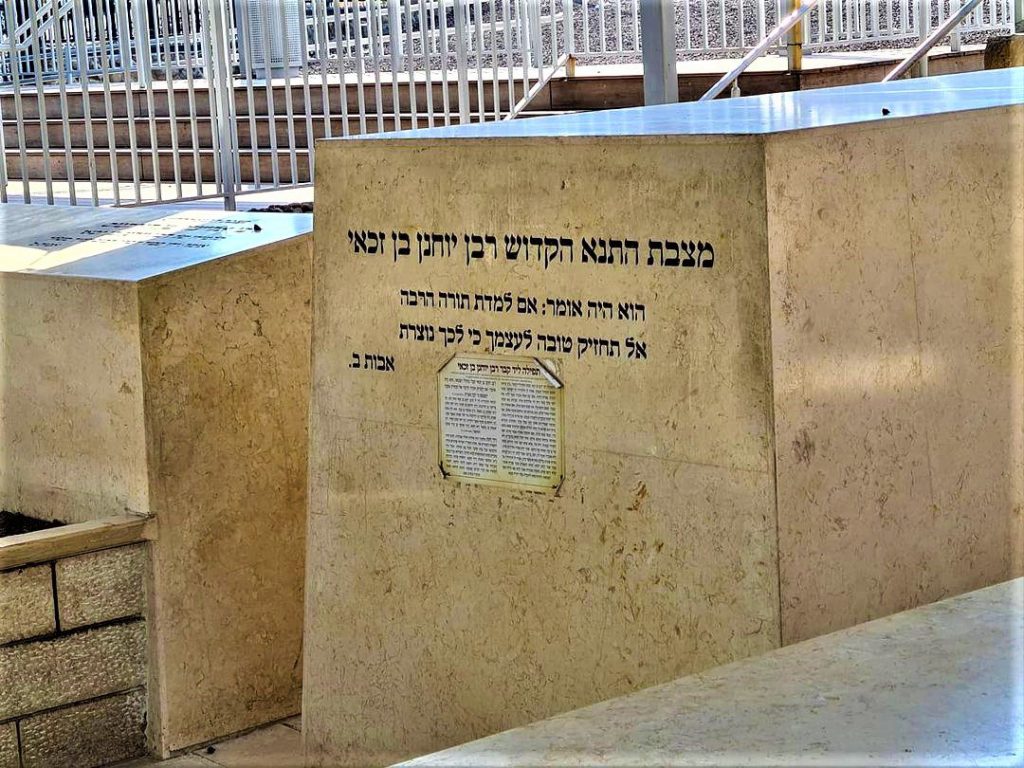
Upon the destruction of Jerusalem in the year 70 CE; Yochanan converted his school at Yavne into the Jewish religious center; insisting that certain privileges, given by Jewish law uniquely to Jerusalem; should be transferred to Yavne. His school functioned as a re-establishment of the Sanhedrin; so that Judaism could decide how to deal with the loss of the sacrificial altars of the temple in Jerusalem; and other pertinent questions. Referring to a passage in the Book of Hosea, “I desired mercy, and not sacrifice”; he helped persuade the council to replace animal sacrifice with prayer; a practice that continues in today’s worship services; eventually Rabbinic Judaism emerged from the council’s conclusions.
Sea of Galilee Guide: Hamat Tiberias
The 17 springs of Hamat Tiberias have been known since antiquity for their curative properties. According to the Jerusalem Talmud, a village once rested upon the site and was distinct from Tiberias. The site was rediscovered in 1920 when the Tiberias-Samakh road was being constructed.
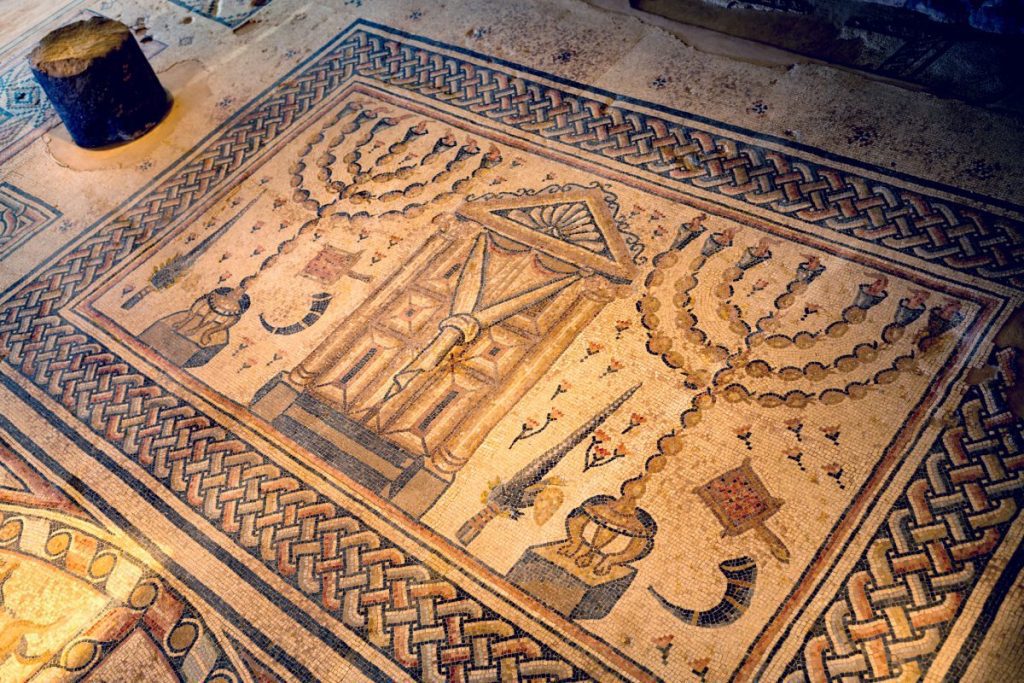
The Hamei Tveria natural hot springs are located on the grounds of the park. According to the sages of the Talmud; the springs were heated when they streamed past the entrance of Hell. But the geological explanation is that a hot spring is produced by the emergence of geothermally heated groundwater that rises from the Earth’s crust. Archaeologists have concluded it was built on the ruins of the biblical city of Hammath (Joshua 19:35). However, the finds of the excavations are limited to the 1st-8th centuries CE. The small town eventually merged with Tiberias.
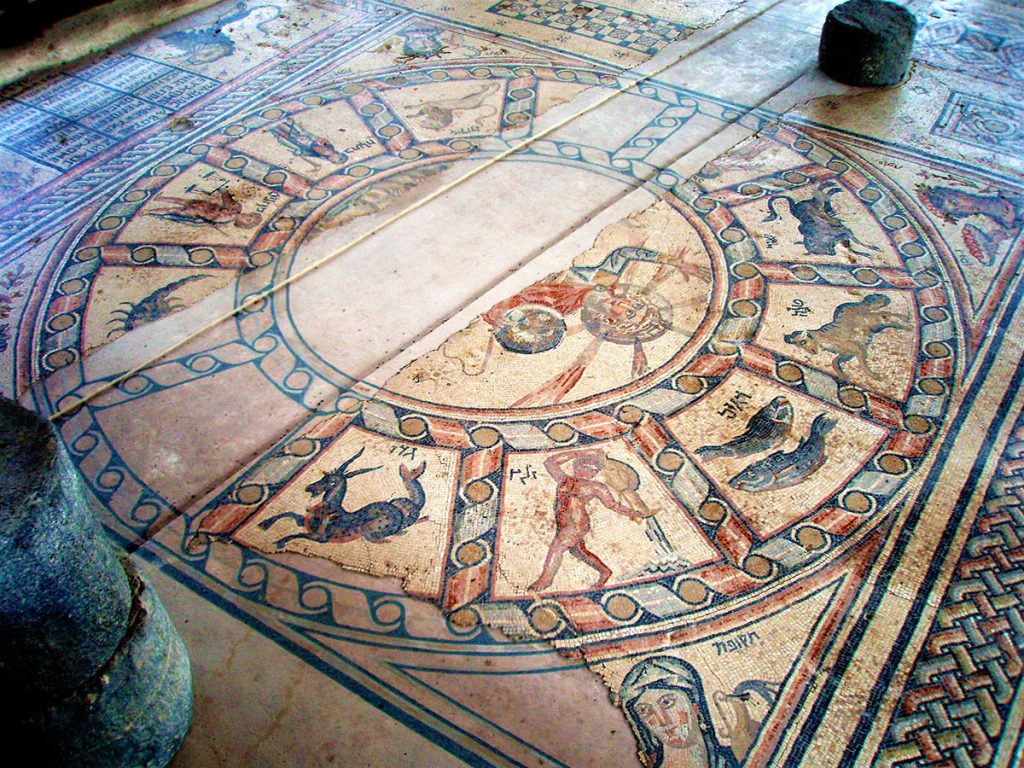
The Zodiac Panel Found At Hammat Tiberias
The synagogue dates to 286 and 337 CE; when Tiberias was the seat of the Sanhedrin. Two synagogue sites have been excavated at Hammat Tiberias. The first, uncovered in 1921 by Nahum Slouschz who was working under the sponsorship of the Jewish Palestine Exploration Society, was a watershed event in the history of Israeli archaeology as the first archaeological dig conducted under Jewish auspices.

A limestone menorah was uncovered there, now on display at the Israel Museum. The mosaic floor is made up of three panels featuring: inscriptions and dedications; the zodiac panel, including Helios, the sun god, and four women symbolizing the four seasons of nature; while the upper panel depicts the Temple of Jerusalem plus the primary symbols of Judaism; the menorah candelabra; Shofar which is a musical horn used for rituals; Four species; and an incense pan.
Sea of Galilee Guide: Kinneret Farm
In June 1908, the Farm began as an experiment at Kinneret village, Arthur Ruppin; the head of the Palestine Office of the Zionist Organisation and one of the leading Zionists of the time; was the initiator and man in charge. Unlike the moshava, the farm was meant as a training facility for agricultural work and became a laboratory for social and economic experiments. In fact, many of the structures and organizations on which pre-State Jewish and post-1948 Israeli society relied and still rely are being initiated here.
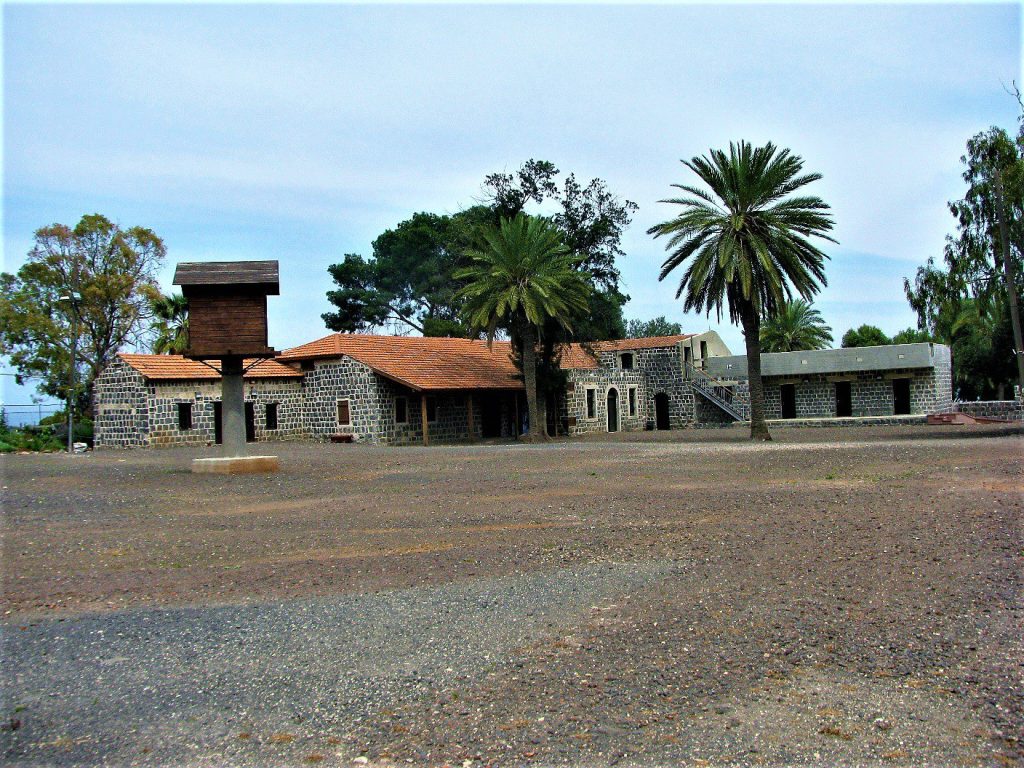
Sea of Galilee Guide: Yardenit Baptism Site
Christian pilgrims frequent the Yardenit. According to Christian tradition, the baptism of Jesus (Matthew, 3: 13-17) took place in Qasr el Yahud; north of the Dead Sea and east of Jericho. For centuries, Qasr el Yahud was the most important baptism site for pilgrims; and monasteries and guest houses were established near it. Al-Maghtas in Jordan shows the earliest religious structures connected with baptism or religious baths on the Eastern part of Jordan. But reverence shifted to the West bank after the Muslim Conquest.
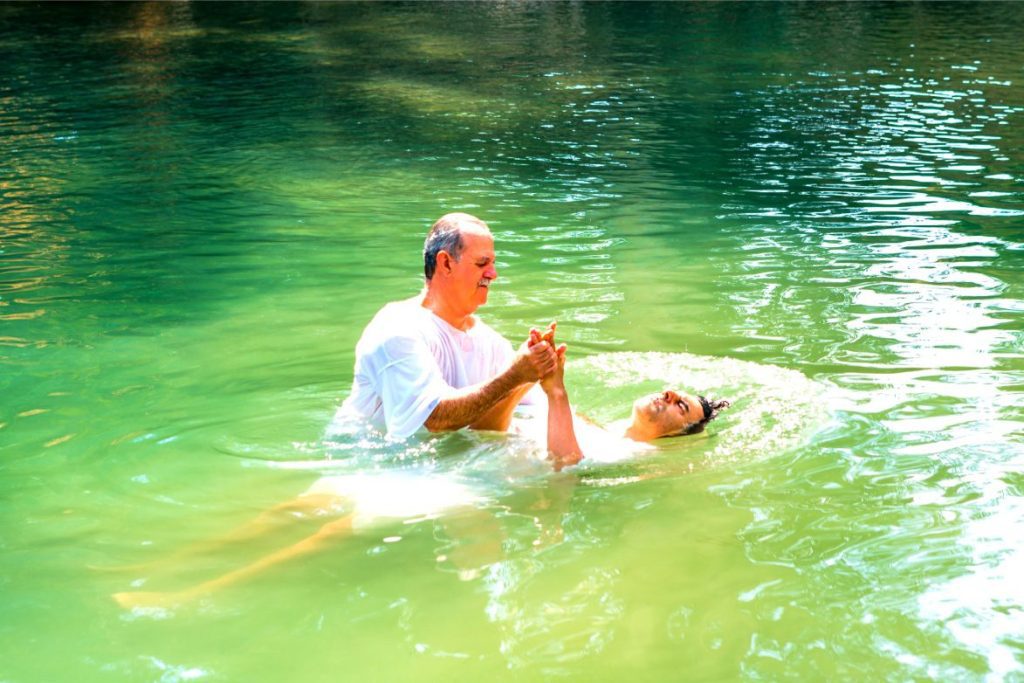
1910 Restaurant
After you’ve toured all day, a nice ending for a fantastic tour should be a nice dinner. The 1910 restaurant is located in the historic first courtyard complex, in a beautiful space belonging to the first group of buildings erected at Kibbutz Degania A. The entrance to the complex reveals a row of story-soaked stone structures situated next to a vast lawn courtyard and palm trees. The concept behind the restaurant was born out of the shared love of chef Oded Schwarzbard, Alon Hadar, and Shahar Hochler – for hospitality, people, and food.
1910 Italian-Mediterranean restaurant, on the one hand, creates a warm and homely atmosphere while at the same time acting as a tight culinary institution that adheres to standards strictly adhered to for esteemed restaurants in major cities. The dishes are served in a way that encourages sharing among the table members, allowing guests to enjoy all the dishes. Seating spaces in the restaurant include an interior space that allows a glimpse into the kitchen and the tabun stand, seating on the balcony facing the flowering courtyard as well as an intimate and luxurious high seating area.
Type of Menu
So 1910 offers fresh, high-quality, and delicious food; made with gifted hands and a warm heart and spiced with the little twists of the chef. Its seasonal menu varies and offers a variety of dishes. From Italian tavern pizzas; seafood and grilled fish alongside a variety of vegetables and herbs; handmade pastas in comforting sauces; and unique desserts made under the Weiner-Schwarzes Brett confectionery. Popular dishes include Israeli gnocchi (stuffed with meat); corn polenta; white fish fillet with green risotto and strained yogurt; classic gnocchi with chestnut and asparagus.
I recommend you to call ahead and book a table a couple of days before. I am skeptical you’ll be able to find a table on the same day. The doors are opening at 18:30, but call them to make sure since, on weekends, the opening hours might change. By the way, my favorite there is the gnocchi.
Sea of Galilee Guide: Some Last Notes
This suggested itinerary offers a wide range of sites to visit. There are different sites and I recommend you pick those that are your prime interest. Since if you would try to accomplish them all in one day it won’t be possible. Now the ones I truly recommend visiting, in my opinion, are Mt. Beatitudes. I think it’s worth checking out for the beautiful views from the top of the mountain. Also, the ancient Galilean boat is a lovely stop that can give you an inside look at a real kibbutz. Moreover, you can try and join a group for a nice boat ride over there. It would be best if you inquired about where you are getting the tickets for the museum of the ancient Galilean boat.
Now there is another stop that I did not mention, but I guess this is the time is a spot called the Church of St. Peter Primacy. Since it’s just next to Tabgha, I recommend you go there. It commemorates and allegedly marks the spot, of Jesus’ reinstatement of Peter as chief among the Apostles. Furthermore, inside the church is a projection of limestone rock in front of the present altar. Christians that visit the site venerate it as the spot where Jesus is said to have laid out a breakfast of bread and fish for the Apostles. And then Jesus told Peter “feed my sheep” after the miraculous catch; the third time Jesus appeared to them after his resurrection (John 21:1-24).
A Nice Ending For The Tour
In the 9th century, the church was referred to as the Place of the Coals. This name refers to the incident of Jesus’ preparing a meal for the Apostles; building a charcoal fire on which he cooked the fish. Also first mentioned in the year 808 is the “Twelve Thrones”, a series of heart-shaped stones; which were placed along the shore to commemorate the Twelve Apostles. Today you can actually see some of these stones just next to the shoreline.
And in my opinion, this is the best spot to dip your feet in the Sea of Galilee. There are benches where you can sit there for a bit and pounder for a while. By the way, the church survived longer than any other in the area. Finally, in 1263 the church was destroyed. The present chapel was built in 1933 and was included in the itineraries of Popes Paul VI and John Paul II during their visits to Israel in 1964 and March 2000 respectively.
Thank you for reading this post. I invite you to read more posts about the Sea of Galilee in my Blog and hopefully, I will see you on one of my Sea of Galilee private tours. I have many other recommendations you can read about like where to stay in the Sea of Galilee. Also, I wrote individual posts for each site here so you can read about these places more.

